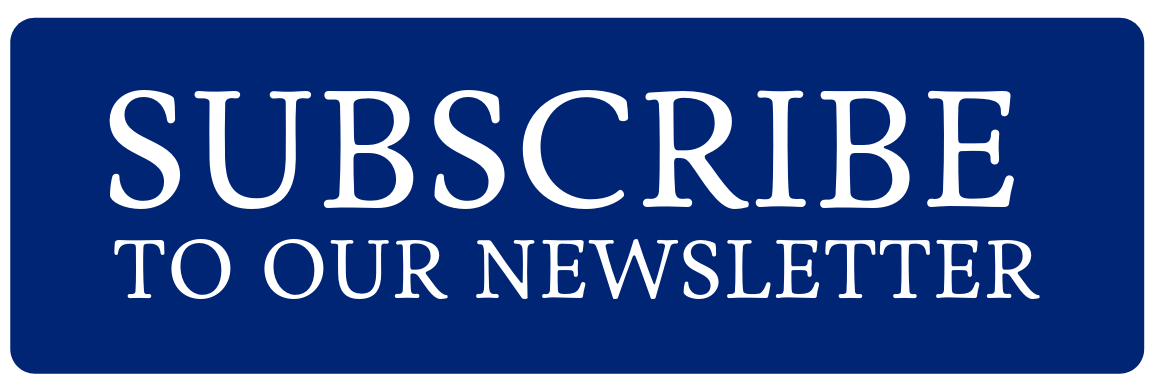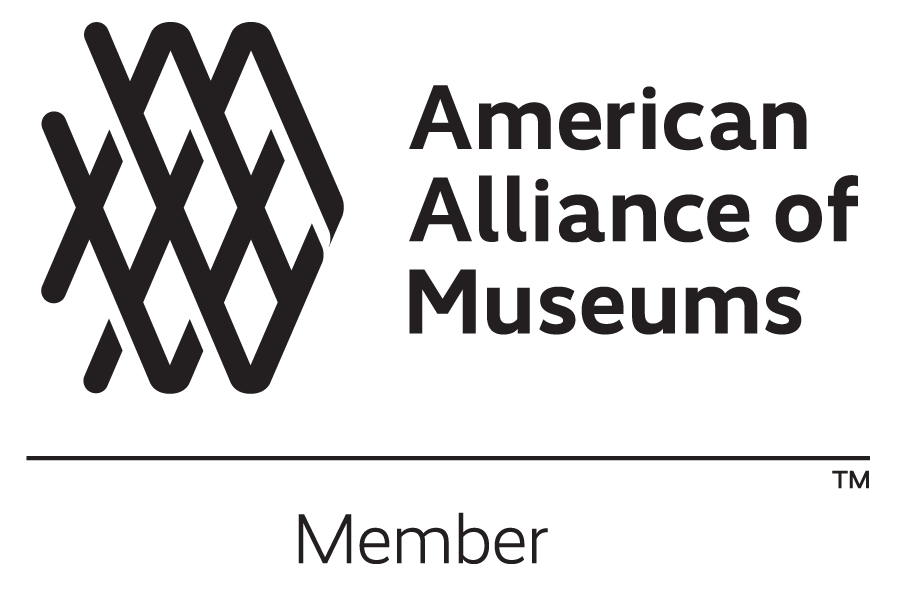“Paul Revere’s Ride”
by Amanda Nesci
In January 2019, the Museum received a generous gift made by Kent D. and Tina K. Worley. This collection spans the breadth of material culture from and about the Revolutionary Era, including military and tavern-related artifacts, art, documents, and maps.
Unknown engraver, “Paul Revere’s Ride” from A Pictorial History Of The World's Great Nations, From The Earliest Dates To The Present Time vol. 2, 1882
Engraving, 10 ⅛ x 7 ¼ in.
Fraunces Tavern Museum, TR2019.01.006. Gift of Kent D. and Tina K. Worley
This engraving, captioned “Paul Revere’s Ride,” comes from Volume II of A Pictorial History Of The World's Great Nations, From The Earliest Dates To The Present Time written by Charlotte M. Yonge and published by Selmar Hess, New York in 1882. This multivolume work recounts the histories of Greece, Rome, Germany, France, England, and the United States over thousands of pages of text and illustrations. The wealth of illustrations included in this work was intended to make the book more accessible to the masses. The publisher’s note reads:
“We think that the mass of beautiful engravings in the book will serve as much as the text in furthering a proper understanding of the subject, and that, moreover, many who might otherwise neglect the study of History, may read this so highly illustrated work.”
“Paul Revere’s Ride,” as well as the other illustrations in the book, is an engraving. This type of print is created through a process where lines are cut into a plate, usually made of metal or wood, that holds the ink. This plate then leaves an impression of a reverse image of the original on paper.
The first page of A Pictorial History Of The World's Great Nations, From The Earliest Dates To The Present Time, vol. 2, 1882.
Charlotte M. Yonge (1823-1901) was an English author best known for The Heir of Redclyffe (1853), Heartsease (1854), and The Daisy Chain (1856). She also edited The Monthly Packet, a magazine for girls, for which she wrote historical cameos and religious tracts. Though she is listed as the primary author of A Pictorial History Of The World's Great Nations, From The Earliest Dates To The Present Time, the texts on American history were written by John A. Doyle (1844–1907) and edited by E.A. Freeman, D.C.L. (1823–1892), both prominent English historians of the time.
The engraving of “Paul Revere’s Ride” can be found in Chapter XVIII, titled “The Declaration of Independence.” Though this section mentioned the 1775 battles of Lexington and Concord—two historical events relevant to “Paul Revere’s ride”—the text does not reference Paul Revere explicitly.
Paul Revere (1735-1818) was an engraver, silversmith, industrialist, and revolutionary patriot, known for his midnight ride in April 1775 that announced the approach of the British soldiers before the battles of Lexington and Concord. In 1882 Paul Revere would likely have been thought of as a universal reference, due to the popularity of the poem "Paul Revere's Ride" (1861) by American poet and abolitionist Henry Wadsworth Longfellow (1807-1882). The poem highlights Paul Revere’s ride to warn the American militia about the approach of British forces, who, before this work, was likely considered a minor historical figure.
1861 issue of The Atlantic Monthly which features the first publication of Henry Wadsworth Longfellow's poem "Paul Revere's Ride," seen in this image.
The premise of the poem is historically accurate, but Revere's role is exaggerated. The poem depicts him as the sole rider through Lexington and then Concord, when in fact, Revere was one of many riders. Revere also never made it to Concord, having been captured at Lexington, though he was let go and able to warn Samuel Adams and John Hancock of the approach of the British.
Longfellow wrote this poem during a time of national upheaval at the onset of the Civil War, with seemingly political motivations. The inconsistencies with the historical record serve to further his desire to create a national hero, in an effort to remind the American people of the patriotism of the country’s past, in an attempt to motivate the protection of the Union and the fight against slavery. This poem continues to be widely read, with the figure of Paul Revere persisting as a national icon to this day.
Bibliography
"E. A. Freeman". 2020. Oxford Reference. https://www.oxfordreference.com/view/10.1093/oi/authority.20110803095834289
"Engraving". 2020. The Metropolitan Museum Of Art. https://www.metmuseum.org/about-the-met/curatorial-departments/drawings-and-prints/materials-and-techniques/printmaking/engraving#:~:text=Engraving%20is%20an%20intaglio%20printmaking,intentional%20lines%20will%20be%20printed.
"Longfellow, Slavery And Abolition". 2020. Longfellow House Washington's Headquarters National Historic Site. https://www.nps.gov/long/learn/historyculture/longfellow-slavery-and-abolition.htm#:~:text=Although%20known%20primarily%20as%20a,in%20the%20mid%2Dnineteenth%20century.&text=Longfellow%20also%20maintained%20an%20extensive%20network%20of%20contacts%20with%2.
"Longfellow's Works - Paul Revere's Ride". 2020. Henry Wadsworth Longfellow - A Maine Historical Society Website. https://www.hwlongfellow.org/works_paul_reveres_ride.shtml.
"Myths And Facts Of Revere’S Midnight Ride". 2020. Paul Revere Heritage Project. Accessed July 16. http://www.paul-revere-heritage.com/midnight-ride-myths.html.
Yonge, Charlotte M., and John A. Doyle. 1882. A Pictorial History Of The World's Great Nations, From The Earliest Dates To The Present Time. New York: S. Hess.
Wikisource contributors, "1911 Encyclopædia Britannica/Doyle, John Andrew," Wikisource, https://en.wikisource.org/w/index.php?title=1911_Encyclop%C3%A6dia_Britannica/Doyle,_John_Andrew&oldid=4200526







